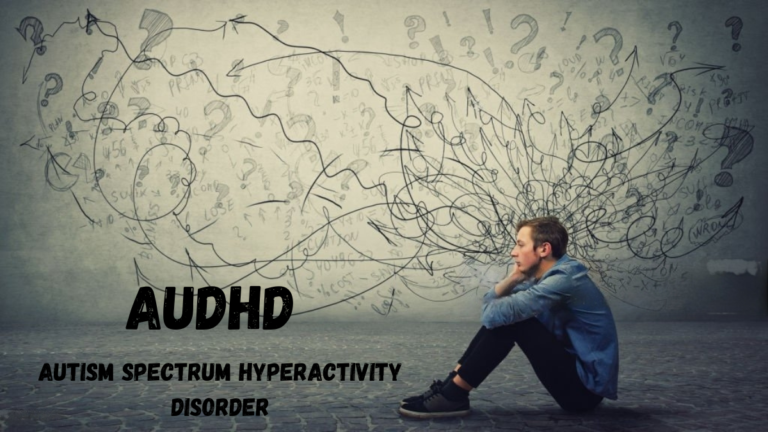Grierson-Gopalan Syndrome: Unraveling the Painful Enigma
Grierson-Gopalan Syndrome, more often known as “burning feet,” is a debilitating condition that affects people all over the world. Constant foot discomfort and burning from this disease can severely impair a person’s standard of living.
What is Grierson-Gopalan Syndrome?
Grierson-Gopalan Syndrome, also known as Burning Feet Syndrome or Gopalan’s Syndrome, is a nerve-affecting condition causing significant foot pain. Symptoms include burning, tingling, or numbness, with severity ranging from moderate annoyance to severe agony. The majority of individuals experience foot discomfort, affecting their nervous system.
Prevalence
Although Burning Feet Syndrome is not as widespread as other neurological conditions, it nonetheless affects a sizeable percentage of the population, with both sexes equally affected.
Symptoms of Grierson-Gopalan Syndrome
Burning Sensation
The constant sensation of burning in the feet is the defining feature of this illness. The strength of this feeling varies and discomfort may be present at times.
Numbness and Tingling
Grierson-Gopalan Syndrome is a foot condition characterized by numbness and tingling, also known as “pins and needles.”
Increased Pain at Night
Nighttime is generally when symptoms are at their worst, making it impossible for patients to get quality rest.
Skin Changes
Skin changes, like redness or dryness of the feet, may occur in some individuals but not all.
Causes of Grierson-Gopalan Syndrome
Nerve Damage
Nerve injury is a major contributor to this illness. Several underlying medical disorders might cause injury to the nerves in the foot.
Diabetes
The nerve damage caused by diabetes is a common cause of burning feet. Nerve injury has been linked to long-term hyperglycemia.
Alcohol Abuse
The development of neuropathy is linked to drinking high amounts of alcohol, which is connected with an increased chance of acquiring the condition.
Diagnosis
Medical History
As a first step in diagnosing Grierson-Gopalan Syndrome, a doctor would likely ask about your medical history and pay particular attention to your symptoms and how they’ve changed over time.
Physical Examination
If you examine your feet, you could notice some telltale indications, such as a change in skin texture or warmth.
Nerve Conduction Studies
Examining nerve function with a nerve conduction study might help pinpoint any problems.
Treatment Options
Symptomatic Relief
Symptomatic therapy is the primary focus of care for Grierson-Gopalan Syndrome. Foot soaks, topical lotions, and pain relievers all fall into this category.
Addressing Underlying Causes
It is essential to treat the underlying illness, such as diabetes or alcoholism, if it is the cause of the syndrome.
Physical Therapy
Exercise and other forms of physical therapy may boost nerve function and alleviate pain.
Coping Strategies for Grierson-Gopalan Syndrome
Living with Grierson-Gopalan Syndrome can be physically and emotionally challenging. Here are some coping strategies to help individuals manage the condition effectively:
Pain Management Techniques
It is crucial to discover efficient methods of pain treatment. As part of this process, you and your healthcare practitioner may need to talk about different options for managing your pain.
Proper Foot Care
It is essential to keep up with regular foot care and cleanliness to control symptoms. Maintaining clean and moisturized feet might help alleviate pain.
Support Groups
Emotional support and helpful insights into managing Grierson-Gopalan Syndrome can be gained by participation in groups of people who have similar experiences.
Physical Activity
To lessen swelling and pain, sticking to a regular exercise plan can help increase blood flow, as recommended by your doctor.
Stress Management
Managing stress is especially important because it can worsen symptoms. Some strategies that might be useful include meditation, yoga, and just learning to take deep breaths.
Research and Future Outlook
Researchers have not yet pinpointed the root of Grierson-Gopalan Syndrome or developed a viable treatment for it. Despite the lack of a definitive therapeutic option at the moment, scientific advancements give reason for optimism.
Conclusion
Grierson-Gopalan Syndrome, also known as Burning Feet Syndrome, is a condition characterized by burning feet, numbness, and tingling. Although a cure is not yet available, various therapies can help manage symptoms and enhance quality of life. Seeking a doctor for a diagnosis and personalized treatment plan is crucial.
FAQs
Q: Is Grierson-Gopalan Syndrome a common condition?
No, GGS is considered a rare disorder, and it affects a relatively small percentage of the population.
Q: Can GGS affect other parts of the body besides the feet?
While the primary symptoms manifest in the feet, in some cases, individuals may experience similar sensations in their hands.
Q: Is Grierson-Gopalan Syndrome hereditary?
There is no evidence to suggest that GGS has a genetic or hereditary component.
Q: How long does the burning sensation typically last in GGS?
The duration and severity of the burning sensation can vary from person to person, and it may be intermittent or chronic.
Q: Can GGS lead to complications if left untreated?
Prolonged untreated GGS can lead to decreased mobility and a diminished quality of life, so seeking medical attention is essential.







